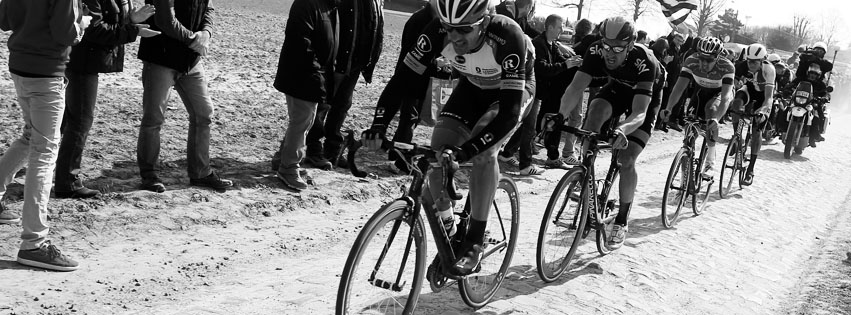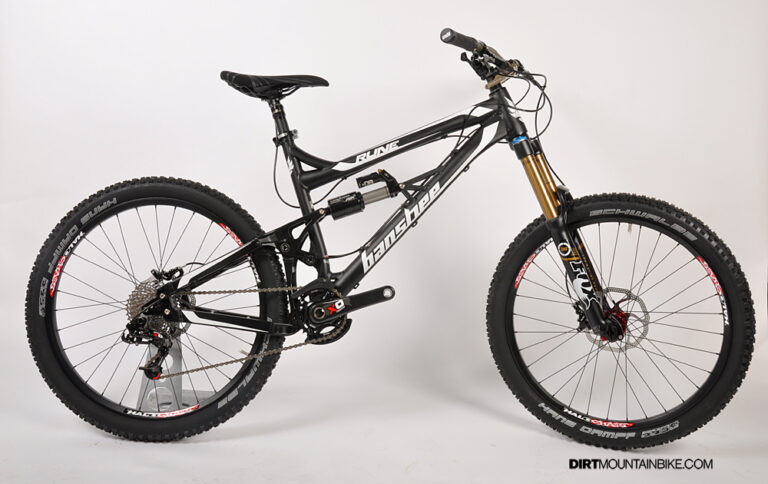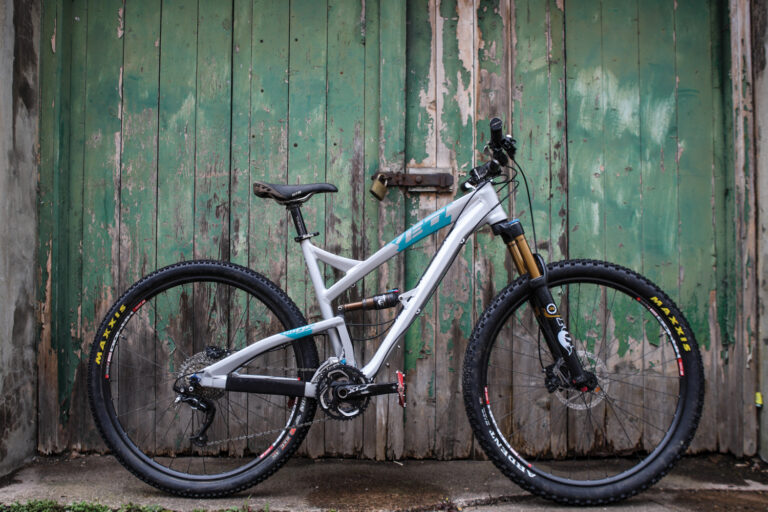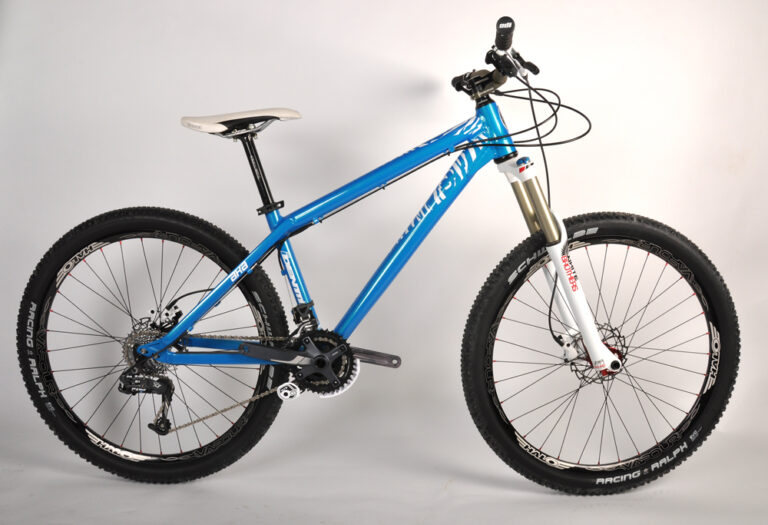
For those who think wheel speed doesn’t matter, or for those of you who don’t like rice noodles (me neither), then maybe I can suggest you take a look at something fun, fast AND pretty too.
DIRT ISSUE 128 – OCTOBER 2012
Words by Steve Jones. Photos by Sterling Lorence
As a rider you take in many factors when deciding on equipment. Even though I cannot offer up any answers surrounding clothing choice I can however possibly give some insight into bike decisions. And then I cannot, for every week I see riders attempting to ride staggeringly bad bikes. Ones that might include such negatives as; bad suspension design, incorrect shock tune, weak components, too much noise, daft geometry, hard tyres. On a regular basis I’m asked to offer an opinion on bikes that turn out to have no damping or little air pressure.
There are many items riders will ignore, accept or more likely change when buying a bike, handlebar, stem, tyres being a few. But one thing that riders will not avoid is the visual. Riders like a good curve in a bike these days (even though there’s no curve in the 322 featured elsewhere in this issue) and I fully believe that looks will overlook componentry in preference of beauty.
Here’s a bike that looks good and has been made into a bike that’s fun to ride, the 2013 Trek Fuel EX 9.8.
Why?Generally speaking, and obviously with a gigantic amount of hindsight, great bikes seldom happen overnight or in their first incarnation. They evolve generally into something better. Not always, but definitely mostly.
The Fuel has always been a ripper yet sees a revision to the linkages and leverage ratios for 2013, changes that have led to a touch more progression. Together with a travel upgrade to 130mm from 120mm, the Fuel is now an even more capable singletracker.
Trek’s own take on how a damper should work involves changes to a standard Fox – DRCV in other words – which is basically two chambers in fork and shock, the smaller controlling small bumps and then past a certain point in the travel the larger chamber activates offering support when the bike heads deep towards top dead centre – or bottom out.
The self–explanatory climb/trail/descend settings are a handy idea but I found that in the latter settings I had no support when setting the bike up with pressures downwards of 110psi. The problem with this is that there is then no small bump sensitivity when working at pressures upwards of that. It’s an issue that needs resolving.>>






